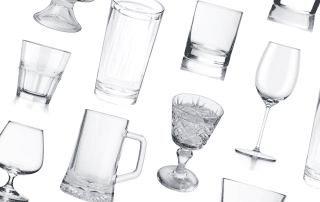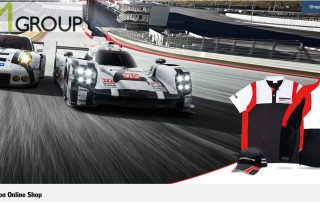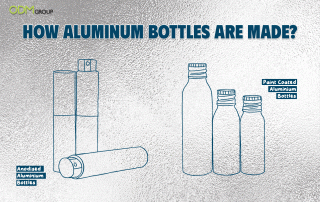Glass products are used frequently in POS and promotional items. Therefore, if you’ve decided to use glass as a material for your next project, it is important to understand the manufacturing process of promotional glass bottles. Having a good understanding of what factors affect the quality during manufacturing is essential. This ensures your product is made to the highest standard.
When manufacturing promotional glass bottles 3 main materials are used. Silica Sand, Soda Ash and Limestone. To reduce the energy needed during production, cullet (recycled glass) is also added to the raw materials.
Maintaining Quality During Promotional Glass Bottle Production
Manufacturing promotional glass bottles can be done using two methods Blow & Blow or Press & Blow. Both of these methods require stringent quality checks. This is to certify high-quality products are manufactured. Moreover, it ensures any defective items do not enter the market.
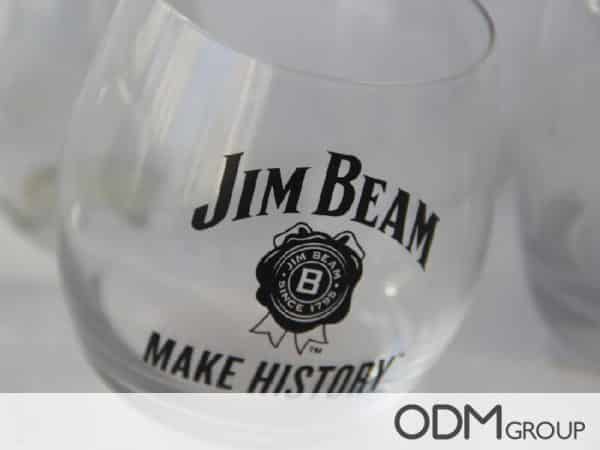
Furthermore, two processes are used to check the quality of products. Firstly, items are checked for defects. There are 3 categories of defects when manufacturing glass products namely, Major, Minor and Critical. Minor defects are generally aesthetic, whereas major and critical defects can be potentially dangerous. Secondly, tolerances are checked. This ensures bottles are constant in height, shape and glass thickness.
Identifying Defects in the Production of Promotional Glass Bottles
Below is a list of Major and Critical defects that can occur during the production of promotional glass bottles
- Stuck Plug. A piece of glass, usually very sharp, projecting inwards just inside the neck bore.
- Overpress. Is a defect where a small ridge of glass has been formed on the sealing surface of the finish.
- Split. An open crack starts at the top of the finish and extends downward.
- Check. A small, shallow surface crack, usually at the bore of the container.
- Freaks. Odd shapes and conditions render the container completely unusable. Bent or cocked necks are a common defect of this type.
- Poor Distribution. Thin shoulder, slug neck, choke neck, and bottom are terms used to describe the uneven distribution of glass.
- Soft Blister. A thin blister is usually found on or near the sealing surface. However, it can show up anywhere on the glass container.
- Choked Bore. Excess glass has been distributed to the inside of the finish or opening.
- Cracks. Partial fractures are usually found in the heel area.
- Pinhole. Any opening causing leakage. It occurs most often in bottles with pointed corners.
- Filament. A hair-like string inside the bottle.
- Spike. Spikes are glass inside the bottle.
- Bird Swing. Glass thread joins the two walls of the container.
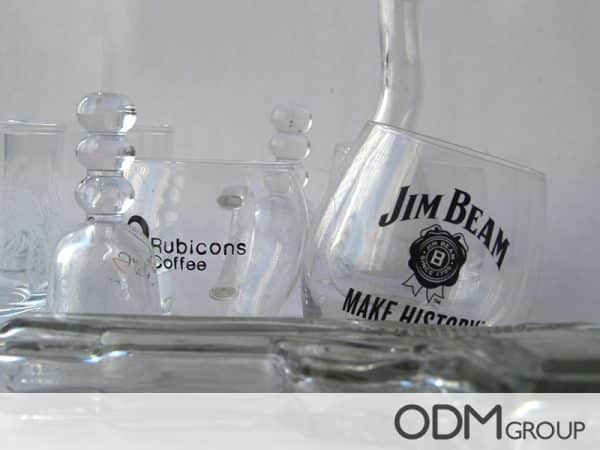
- Chipped Finish. Pieces broke out of the top edge in the manufacturing process.
- Stone. Small inclusion of any non-glass material.
- Rocker Bottom. A sunken centre portion on in base of the container.
- Flanged Bottom. A rim of glass around the bottom at the parting line.
Tolerances During Glass Manufacture
Tolerances are the allowed differences between individual glass products. In order to ensure production is consistent tolerances are set during manufacturing. Glass tolerances can be applied to most products. However, if the glass product has to fit inside a container e.g. aftershave and perfume bottles then the tolerances may need to be reduced.
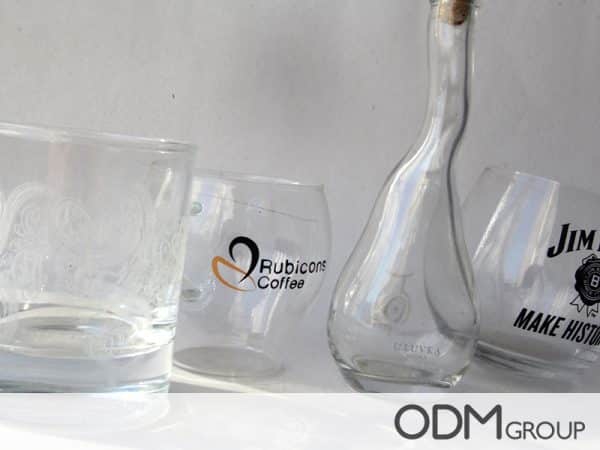
Reducing Defects During Manufacturing
Producing consistent glass bottles is easily achievable during mass production. However, from time to time defects can occur. Most of the time these defects are minor. Despite this, defects can sometimes cause minor size differences in bottles. Below are the two most common types of defects, how they are caused and what can be done to prevent them.
1. Uneven or bad distribution of bottle body
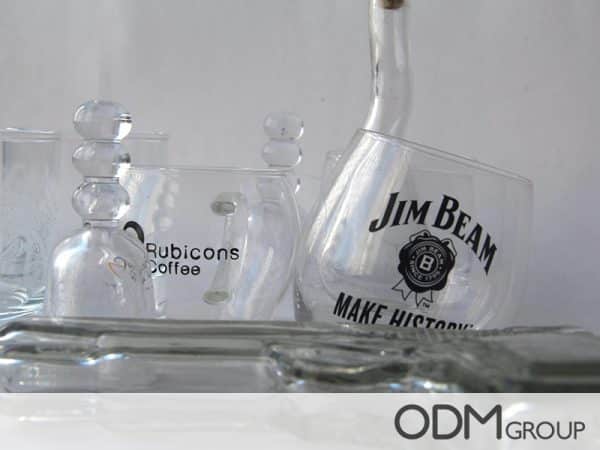
2. Out of shape ware
Quality Control During Manufacturing
Quality control reduces defects in production. Following the steps below results in the reduction of errors.
- Test bottles at regular intervals during production.
- If any bottle in the round fails to test, four additional bottles need testing.
- If a failure occurs among the four bottles tested then all bottles should be rejected until the fault has been rectified.
- When all four bottles pass testing production can continue.
- After an initial failure has been verified, all pallets loaded with bottles produced from the last unsatisfactory test are detained.
- Once nonconforming bottles are removed detained pallets are released.
Read more blogs about glass manufacturing here:
Want to know more about promotional glass products? Check out this case study.
Read more about manufacturing issues of promotional glass bottles in the blog below and be guaranteed with the quality of your promotional merchandise.
When it comes to promotional glasses, people couldn’t have enough of them! Luckily, there are a lot of them. We listed some of its types for you in the blog below!
Check out this unique whiskey glass. Perfect for a drinks promotion and highly customisable for your next gift with purchase merchandise!
These lightbulb glasses are a fun and unique promotional idea that would differentiate your brand from your competitors! Check out more details here:
Need Help Producing High-Quality Glass Bottles?
Custom glass products require expert knowledge to ensure a high-quality product. ODM are experts in designing and manufacturing high-quality, promotional glass products.
If you need assistance with your next project contact us. Our team have experience in designing and manufacturing high-quality promotional products and display tailored to your brand’s marketing needs.






